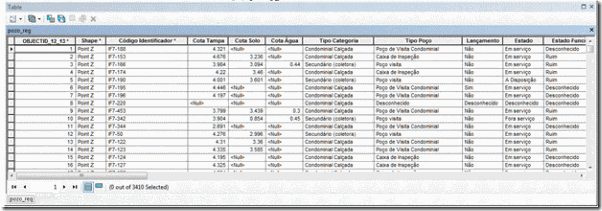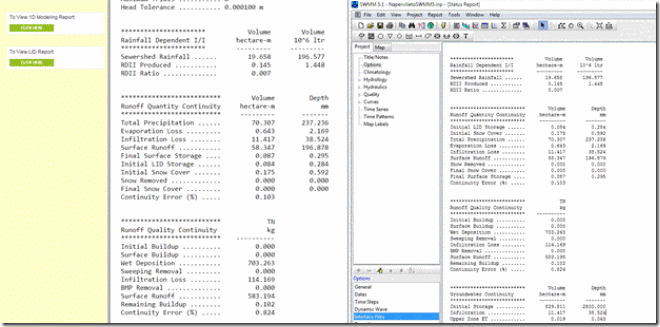🔍 The central issue being highlighted is ensuring Force Mains are kept full (or d/D equal to 1) when the pumps activate. Achieving this in SWMM 5 can be a challenge due to its single Q link solution, compared to the 4 or more flow points in the IWCS solution. 🔄 There have been past suggestions to add a break node at the end of force mains to ensure they remain full. However, this doesn't always work, especially when a gravity main exists at the end of the rising force main. The gravity main instantly takes up the flow from the long force main, keeping the downstream node depth minimal, which results in the force main not being fully filled – leading to customer dissatisfaction. 😤 A potential solution is to amplify the gravity main roughness, simulating the transition from the force main to the gravity main, which keeps the depth elevated and the force main filled most of the time.
📝 Here are the eight suggestions:
- ⚙️ Use a Flap Gate for the rising main with HW Force Main Coefficients.
- 🔧 Add a Break Node at the end of your longer Force Mains with a Surcharge Depth using the Insert Manhole Tool.
- ⛓️ The d/D values for the force main usually being less than 1 is due to the downstream node of the Force Main having a low depth. Adding a Break Node ensures it remains fuller.
- 🌊 Change the link AFTER the Break Node to a Gravity Main, and increase the roughness n value (2 to 3 times rougher) to simulate the transition losses.
- 📈 This action will boost the node's depth at the Force Main's downstream end, ensuring it remains full most of the time.
- 📊 As highlighted, the force main link has a single Q and three depths. The d in the d/D graph is derived from the midpoint depth or the average of the link's upstream and downstream depths.
- 🚰 In model reality, the force main is always full at the link's upstream end but is affected by the low downstream depth.
- 🌟 Increasing the roughness in the gravity main makes results align more closely with user expectations for the d/D value, offering a realistic representation.
🌩️ Use a Flap Gate for the rising main with HW Force Main Coefficients.
🌩️ Introduce a Break Node at the end of longer Force Mains with a Surcharge Depth using the Insert Manhole Tool.
🌩️ The typical d/D values for the force main are less than 1 due to the downstream node's low depth. Adding a Break Node ensures it remains fuller.
🌩️ Post the Break Node, change the link to a Gravity Main. Increase the roughness n value for a realistic transition.
🌩️ This ensures the node's depth at the Force Main's downstream end remains high.
🌩️ The force main link has one Q and three depths, with the d in the d/D graph derived from the midpoint depth.
🌩️ In model reality, the force main remains full at the link's upstream end.
🌩️ Increasing the gravity main's roughness offers results that align closely with user expectations and offer a touch of reality.


































